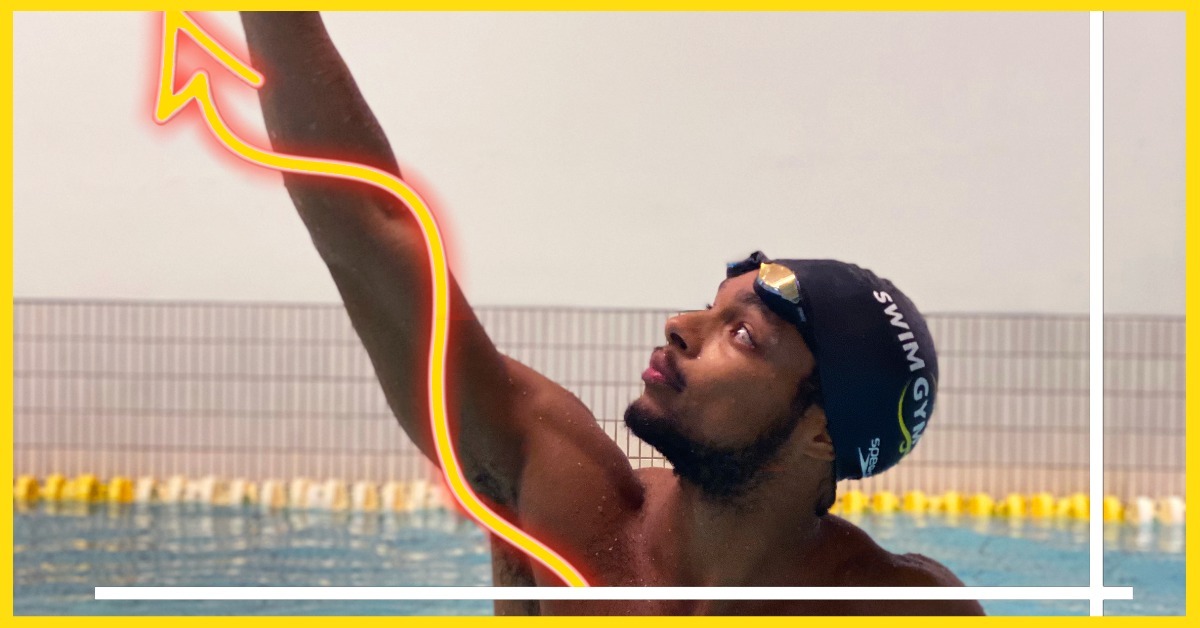Swimming blog - TRAINING 4 tips to break your performance plateau
You love swimming a certain way with your own routines. It has given you the results you wanted in the past. You have made good progression but lately you have started to flatline. Progression is slower and the results are just not getting better. Frustrating isn't it? We hear you. How can you get away from the dreaded flatline or performance plateau? Here are four ways to get you off the flatline treadmill and shake things up.
But first a little explanation. As a beginning swimmer you will see a lot of progression. The higher up the proficiency ladder you go, the smaller these progressions. So, for an Olympic gold medallist swimmer like Femke Heemskerk, the gains are marginal. She is sitting at the upper limit of her potential. For the rest of us we can keep improving and the sky is the limit until we, like Femke, swim 1:54.68 in the 200 freestyle. But before we get there, there is still some work to be done :-)
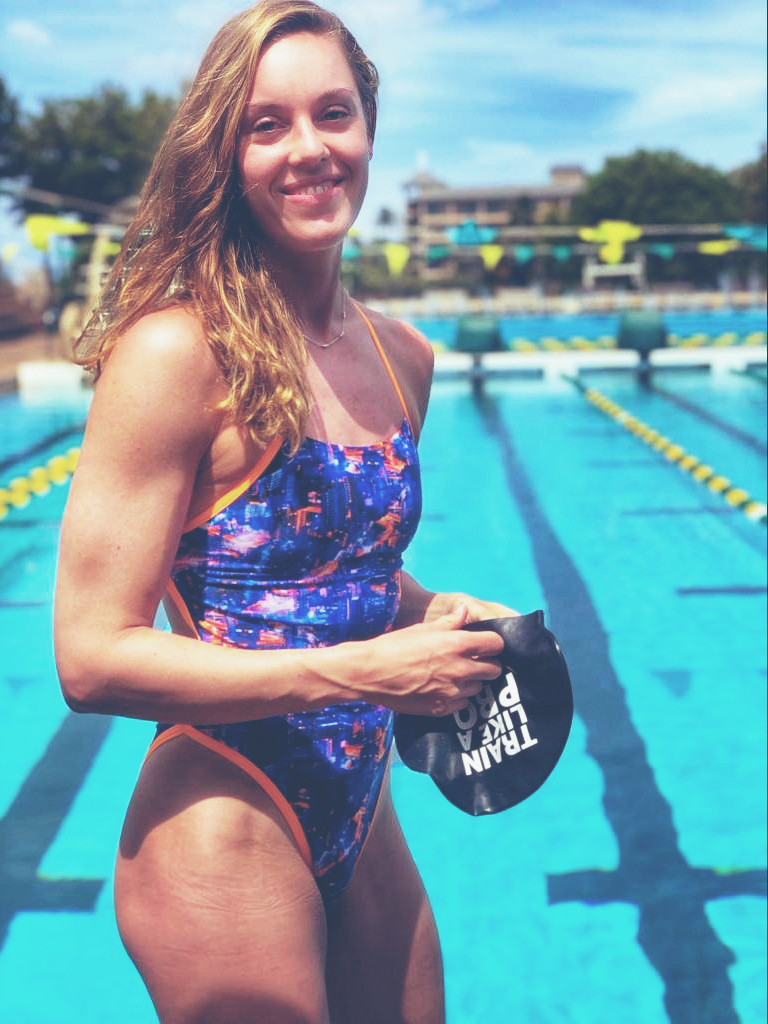
Femke Heemskerk
Get out of your comfort zone - challenge yourself
It’s a happy place. Your comfort zone. That’s why it’s called a comfort zone. You will plateau in this place of comfort. Getting out of your comfort zone is the best thing for you. There is no need to go to extremes. Challenge yourself in ways that are attainable. Going from your comfort zone of 200 continuous freestyle to swimming the English Channel is not what we mean.
Challenge yourself to swim longer, faster, better, but within reason. A challenge should be 80% achievable. Making it too easy or too hard won’t work. To hard and you give up. To easy and there is no motivation to do it, which is worse than staying in your comfort zone.
An example of a challenge may be to swim with other, faster swimmers. It should feel uncomfortable but doable. Getting out of your comfort zone will stimulate your mind and muscles and push you out of the plateau.
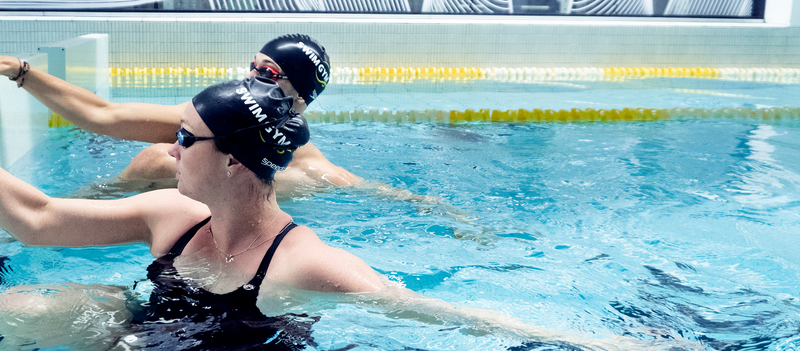
Change up your program – break with routine
Einstein is quoted as having said that insanity is doing the same thing over and over again, but expecting a different result. Sporting insanity looks the same. Change things up. Variety is the spice of life.
Don’t hold onto the same program day-in-day-out. Change up strokes, distances and focus. We do this in the SwimGym pool in Amsterdam, and also online on SwimGym.com. Every day has a different distance, intensity and focus and the results are phenomenal.
How can you initiate this change from where you are? Just log onto SwimGym.com and get going with one of our Training Plans, or with one of our Collections, for instance. We have a lot of varied and themed plans or collections. This will change up the way you swim with great swimming sets. If you are expecting a different result, you have to do something different, otherwise you are just plain mad.
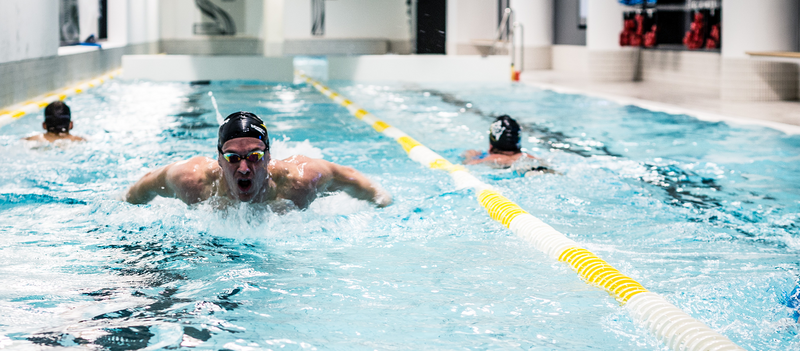
Join a team or start competing
Joining a team or start competing are great ways to challenge yourself, get you out of your routine and move you out of a performance plateau.
Team mates push each other. You may swim faster and better to keep up with others. You will be encouraged by your team to complete the hard sets. You will have a coach shouting at you (that’s a good thing) and changing up the workouts on a regular basis so you don’t plateau.
Skipping training sessions becomes harder. You are held accountable by your friends. Swimming will become more fun from having your boundaries pushed by people who care about you and your swimming progress.
Competing in swimming competitions or triathlons is a great way to change it up. Just signing up will help you to find the motivation to train. This alone will help you to get out of your plateau. Competitions measure performance. It is objective. And the more you compete, the more you can measure and compare yourself to you. This is a great way to see yourself progress. This of course will motivate you. You will also want to seek out training plans and knowledge to continue the trend. All of that we have on our website.
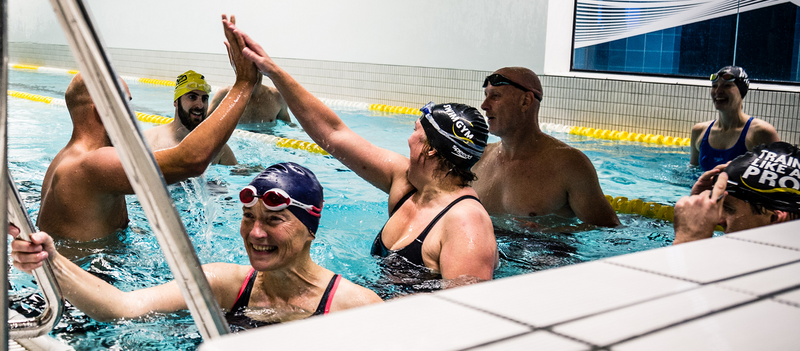
Increase the intensity or volume - increase how many times you swim or add dryland
Swimming once a week isn’t going to be enough to help you to become faster or lift you off your current plateau. Swimming two or three times a week is the minimum to get your performance moving in the right direction.
Why swim two or three times a week?
Firstly, because you can. Your body can handle a higher training load due to less gravitational force. You can swim more hours and meters than say running.
Secondly, it maintains a feel for the water. Swimming requires feeling. Stay out of the water for more than two days and that feeling starts to disappear. To keep this feeling, pro swimmers swim all year round. Remember, swimming is a very technical sport and your neuromuscular pathways need to be maintained with regular technique.
Thirdly, you can mix it up with three sessions; an endurance, technical and interval session. As mentioned above, changing things up is the key to swimming progression.
Under the umbrella of swimming, we include dryland training. It has been shown that swim specific dryland training increases swim strength, coordination and swim performance. Dryland training can be seen as one session. You may even want to include a dryland session before a speed or interval session in the water. They compliment each other well.
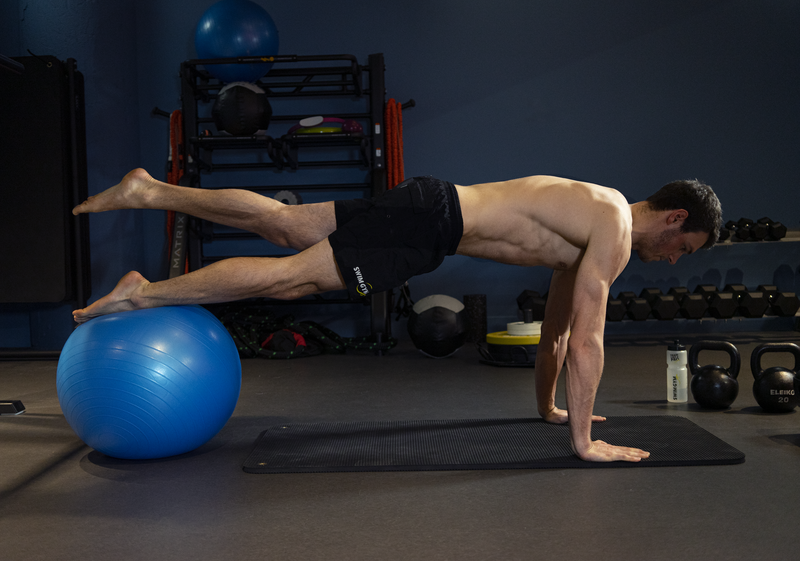
You might have been feeling down at the beginning of this blog because you were out of ideas to pimp up your swim. We hope that after reading this blog you are full of energy and enthusiasm.
If you have any questions or need help in executing your plan, don’t hesitate to reach out to us and let our professional coaches make your swim dreams come true.
Written by Michael Stolt
